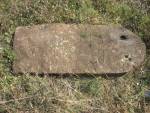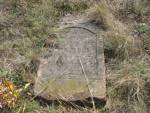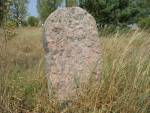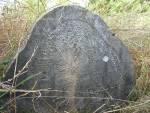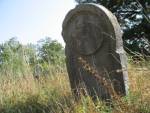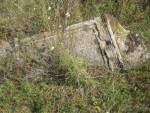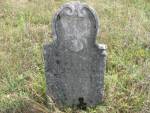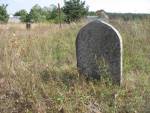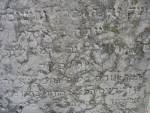| strona główna | cmentarze | warto wiedzieć | księga gości | napisz do nas |
| SOBKÓW | Polish text | |
Jewish settlement in Sobków has a long history. Thanks to the material gathered at the Central Archive of Historical Records we know that in 1662 a figure of four Jewish tax-payers was quoted, eight in the years 1673-1674 and six in the year 1676 respectively. Over one hundred years later, 252 people of Jewish faith lived in the town. Similarly to other towns remaining under the Russian partition, Sobków saw a significant growth of the Jewish population in the first half of the nineteenth century. In 1827 the town was inhabited by 665 Jewish people. In 1858, the followers of Judaism constituted over 60% of all citizens in Sobków. At that time the Jewish community had its own wooden synagogue, rabbi's house, cheder, mykvah, poultry slaoughterhouse and cemetery. At the turn of the centuries the number of Jews living in Sobków began to decrease. This decline resulted from the opening of the railway line to Dąbrowa Górnicza, which enabled a part of the Jews to migrate to Jędrzejów. Additional factors contributing to the migration of Jews from Sobków were poor economic conditions and the First World War. The 1921 census shows that only 400 Sobków inhabitants reported Jewish origin or Jewish faith. Since the population of Jews in Sobków continued to dwindle during the interwar period, the Jewish community had to be closed down and its members submitted to qahal in Jędrzejów. |
||
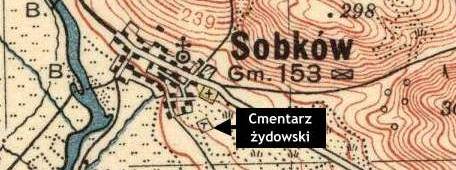 |
||
| Jewish cemetery in Sobkow. Part of plan from 1938 | ||
The cemetery is located on the outskirts of the town, at Krzywa Street. Its location may be found on the pre-war maps of the Pińczów region. The old borders of the necropolis are legible thanks to preserved earth embankement. Over seventy gravestones or their fragments have survived within the burial grounds in Sobków. It is highly possible that most of them have remained in situ, in other words, they have retained their original position. Notwithstanding the damages, row arrangement of the gravestones can still be noticed. The analysis of the preserved matzevot allows to mark the older part - situated by the road - and the newer portion of the cemetery. It is hard to determine whether the division into men's and women's sections characteristic of Jewish necropolises was relevant to the necropolis in Sobków. |
||
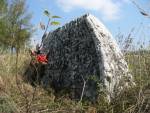 |
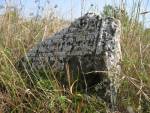 |
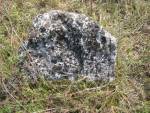 |
The tombsones in the Sobków cemetery are typical matzevot made of local conglomarates and sandstone, with inscriptions exclusively in Hebrew, with semi-circular tops, where one may notice reliefs of holy books, lions, candelabras, blessing hands gesture. They show no traces of polychrome or coloured embellishments that had covered them before the war. There is fineness about the epitaphs engraved on some of the headstones that cannot be overlooked. In the vicinity of the road there are three headstones that deserve particular attention. Despite the fact that the inscriptions on them are almost intelligible, their form and lettering let us to presume that the headstones date back to the mid-eighteenth century. The Jewish cemetery in Sobków is undeniably a place of great value. It richly deseverves not only care in view of respect for the dead but also permanent preservation and promotion as one of the few monuments in little Sobków.
text & photos: K. Bielawski |
||
| Poszukujemy wszelkich informacji o cmentarzu żydowskim w Sobkowie. Czekamy też na relacje osób, które pamiętają tą nekropolię z okresu przed II wojną światową. |
||
Teksty i zdjęcia opublikowane w serwisie www.kirkuty.xip.pl są chronione prawem autorskim. Wykorzystanie materiałów możliwe wyłącznie po uzyskaniu pisemnej zgody Redakcji. |
||
| strona główna | cmentarze | warto wiedzieć | księga gości | napisz do nas |

